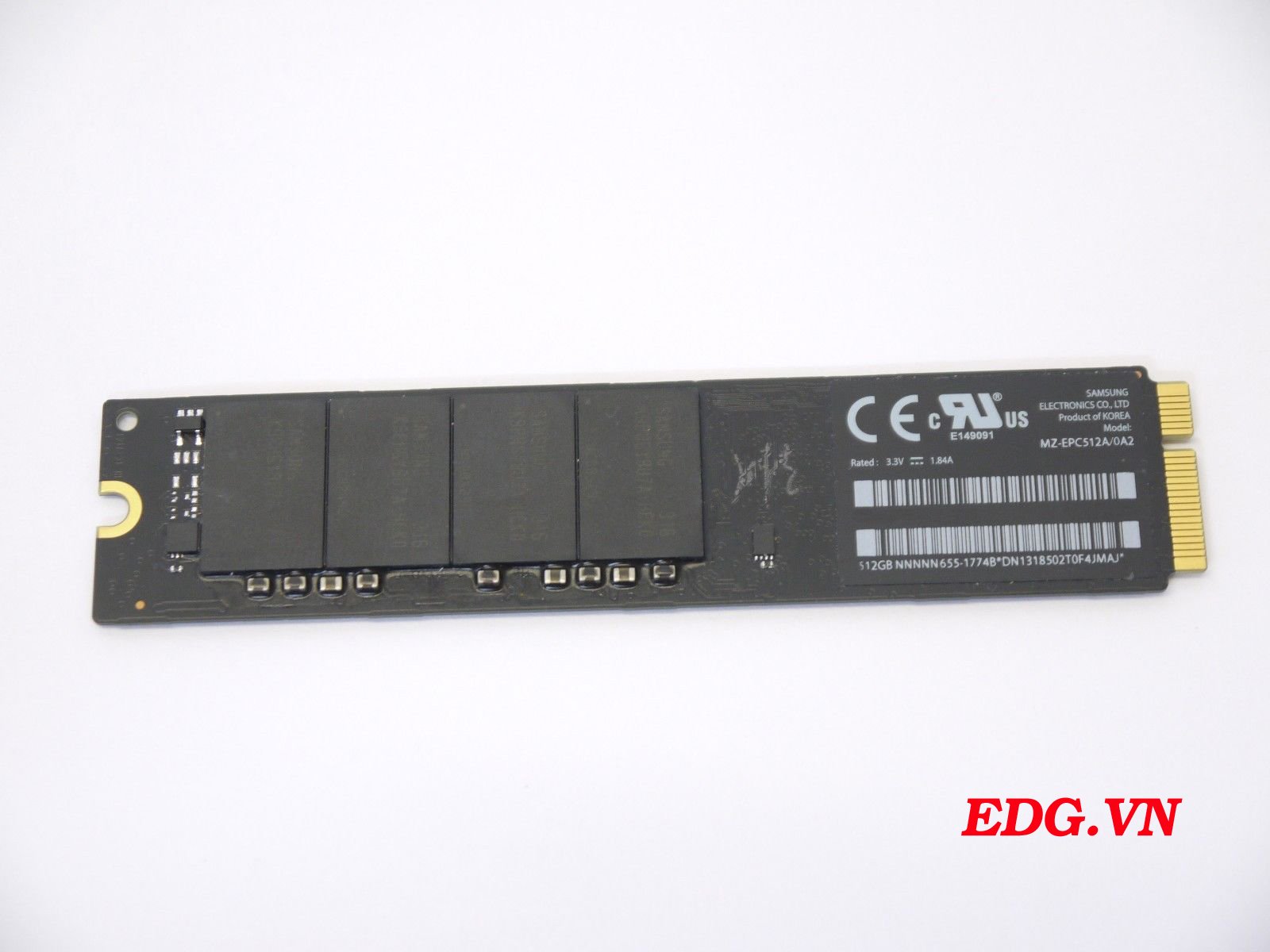


#SSD FOR 2013 MAC AIR PRO#
Fourth-generation MacBook Airs (11″ and 13″, sold starting mid-2012) should go with the 4.8/5-Star reviewed Transcend JetDrive 520 models ( 240GB/$169, 480GB/$299, 960GB/$540), which promise 460-570MB/second speeds. Mixed reviews of OWC’s 240GB Aura Pro ($239) and 1TB Aura 6G ($549) would give me pause.OWC’s Aura/Aura Pro series for this particular MacBook Air has had comparatively poor reviews, but a 1TB OWC drive for the same computer can be had for $549 through Amazon. Third-generation MacBook Airs (11″ and 13″, sold between late 2010 and mid-2011) use blade-style SATA III SSDs that look similar to RAM boards. 9to5Mac’s Seth Weintraub added a $190 240GB Transcend JetDrive 500 SSD to his wife’s 2011 MacBook Air last year the same drive now sells for $170 on Amazon, with a 480GB model at $300, and a 960GB SSD at $540.Other World Computing/OWC’s Mercury Aura Pro comes in 120GB ($134), 240GB ($218), or 480GB ($348) versions with promised read/write speeds in the 275-285MB range. Second-generation 13″ MacBook Airs (sold between 2008 and mid-2009) can be upgraded to a 1.8″ SATA drive with between 120GB to 480GB of capacity.Add this external enclosure for only $14 if you plan to keep using your old drive after the SSD swap, or want to ease the migration process from your old drive to the new one. Expect speeds in the 50-90MB/second range. First-generation 13″ MacBook Airs (sold between 2008 and mid-2009) can be upgraded to a 1.8″ SSD with a ZIF connector. On price, your best choice is a 64GB ($56) or 128GB ($95) KingSpec drive, each of which have a 4.4/5-star Amazon rating.There are five key generations of the MacBook Air that use different types of solid state drives. MacBook Air: Replacing Your Old Hard Drive or SSD

Many MacBook Air and Retina MacBook Pro SSDs come with kits that help you transfer the contents of the old drive to the new one, open your computer, and keep the old SSD around as an external drive if you want it. Today, the lowest-end MacBook Airs and Retina MacBook Pros ship with a 128GB SSD as standard Apple’s 256GB SSD adds $200, versus $500 more for 512GB, or $800 more for a Pro-only 1TB SSD.īut those are Apple prices third-party drives are much more affordable. Following some relatively straightforward guidelines, you can bump an original MacBook Air up to 128GB for $95, or enhance newer MacBooks for $170 (240GB), $300 (480GB), or $550 (1TB). Back in 2008, Air buyers could add a 64GB SSD for a whopping $1,300 premium over the ultra-thin computer’s normal price, and there was no consumer 1TB drive capable of fitting inside a laptop - a desktop 1TB SSD sold for $4,000. The original MacBook Air was designed with solid state memory as an option, not a mandate. Below, I’m going to show those tools to you, as well as the MacBook-ready SSDs that are worth considering… Assuming your MacBook is old enough to be out of warranty - except for a few specific models - you’ll find that pretty much anyone can handle this swap with the right tools. A new SSD in one of these machines could have two, four, eight, or sixteen times the original storage, plus two to four times faster speeds.Īpple shipped most MacBook Airs and all Retina MacBook Pros with solid state storage, so upgrading these machines for extra capacity and speed is generally as simple as picking a new drive, then using two special screwdrivers during the installation process. Today’s guide looks at the easiest SSD installations of all: the MacBook Air and Retina MacBook Pro. Over the past two weeks, I’ve written about the (surprisingly easy) process of adding solid state drives (SSDs) to radically speed up older iMacs, and the varied challenge levels of adding SSDs to older Mac Pros, Mac minis, and non-Retina MacBooks.


 0 kommentar(er)
0 kommentar(er)
